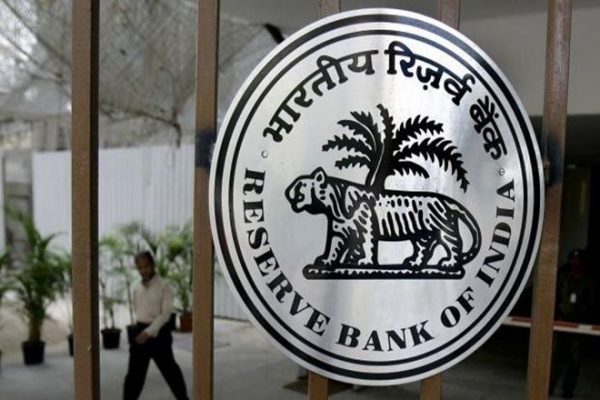
As per RBI data credit exposure to the textiles sector increased to Rs. 203549 crores during March 2019 from Rs. 196818 crores during October 2018 which declined to Rs. 187677 crores during October 2019. Bank credit record 8.4% year on year growth (October 2019/October 2018) for Jute Sector, 9.5% year on year growth for Man Made Textiles (MMT) and 2.1% for other textiles. Credit availability is expected to grow further with capital infusion of Rs.1500 crores during 2019-20 and other measures announced by the Government like infusion of Rs. 70,000 crores capital into Public Sector Banks, Rs. 350 crores allocated for 2% interest subvention for all GSR registered MSMEs on fresh or incremental loans, enhancing thresholds expansion from Rs. 20 lakhs to an amount exceeding Rs. 40 lakhs for supplier of goods.
Overall global growth slowdown impacted the growth of most of the domestic sectors including textiles and subsequent improved demand and profitability will be partly countered by sticky working capital requirement, but the Government has taken series of measures, in addition to the above mentioned interventions, for improving profitability such as repo rate reduction by RBI, provision of capital infusion of Rs.1500 crores during 2019-20, implementation of Pradhan Mantri Credit Scheme for Powerloom weavers, reduction in custom duty for wool fibre, wool tops , extension of benefit of reduced corporate tax rate, new SFURTI clusters to help artisans, introduction of automated GST module, one nation one grid power sector tariff and structural reforms, simplification of tax paying procedures, announcement of ROSCTL for apparel and made-ups exports.
To enhance the growth and profitability of textile industries, various schemes are also being implemented by the Ministry such as Integrated Skill Development Scheme (ISDS), ‘Samarth – Scheme for Capacity Building’ to train 10 lakh youth, launching a special package of Rs.6000 crore in 2016 to boost investment, Amended Technology Upgradation Fund Scheme for upgradation of technology/machineries (ATUFS), Scheme for Production and Employment Linked Support for Garmenting Units (SPELSGU). Other schemes are Integrated Textile Park (SITP), Power Tex India Scheme – for power loom sector development, Silk Samagra- the integrated silk development scheme, Integrated Processing Development Scheme (IPDS), North Eastern Region Textile Promotion Scheme (NERTPS), Incentive Scheme for Acquisition of Plants and Machinery (ISAPM) for jute industry and jute diversified products manufacturing units, National Handicraft Development Programme (NHDP), Comprehensive Handicrafts Cluster Development Scheme (CHCDS), National Handloom Development Programme (NHDP), scheme for knitting and knitwear sector.
This information was given by the Union Minister of Textiles, Smriti Zubin Irani, in written reply in the Rajya Sabha today.

